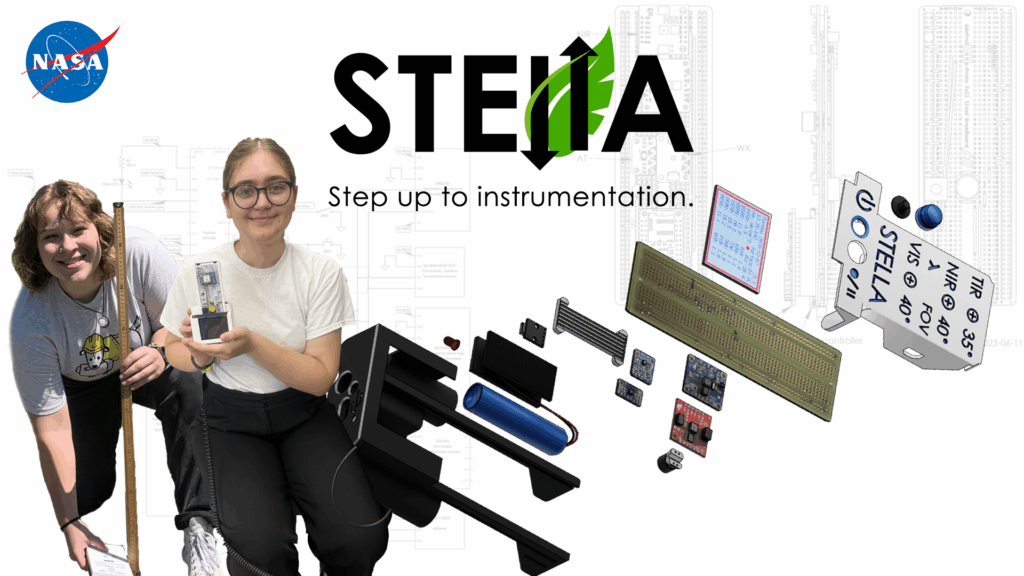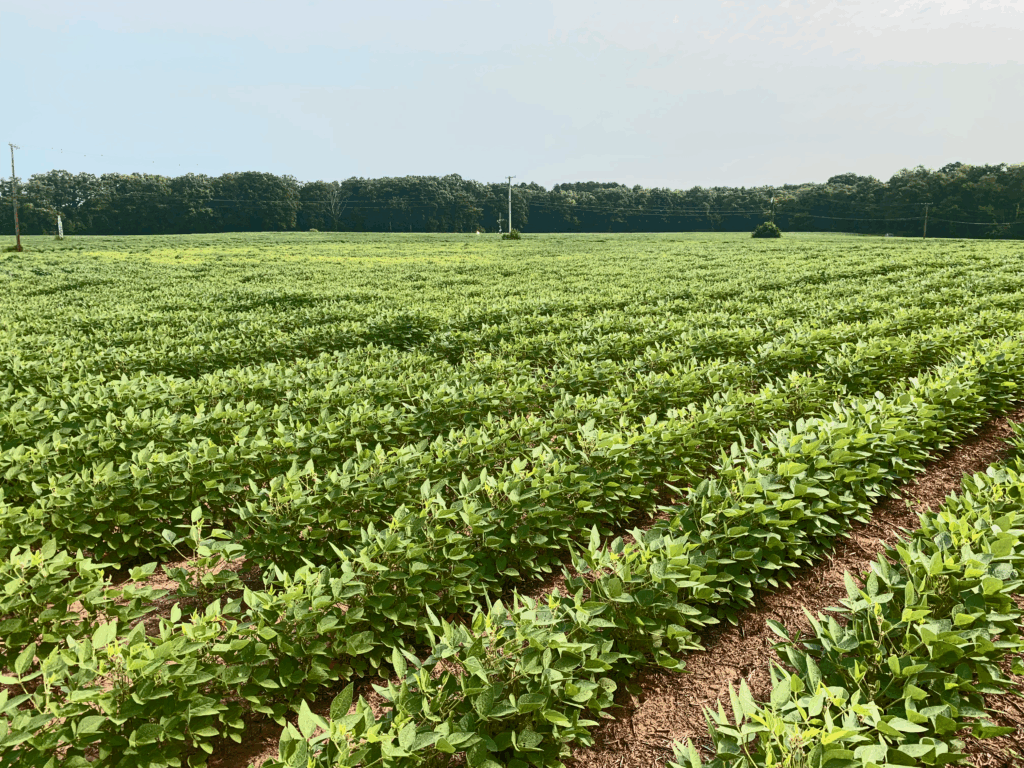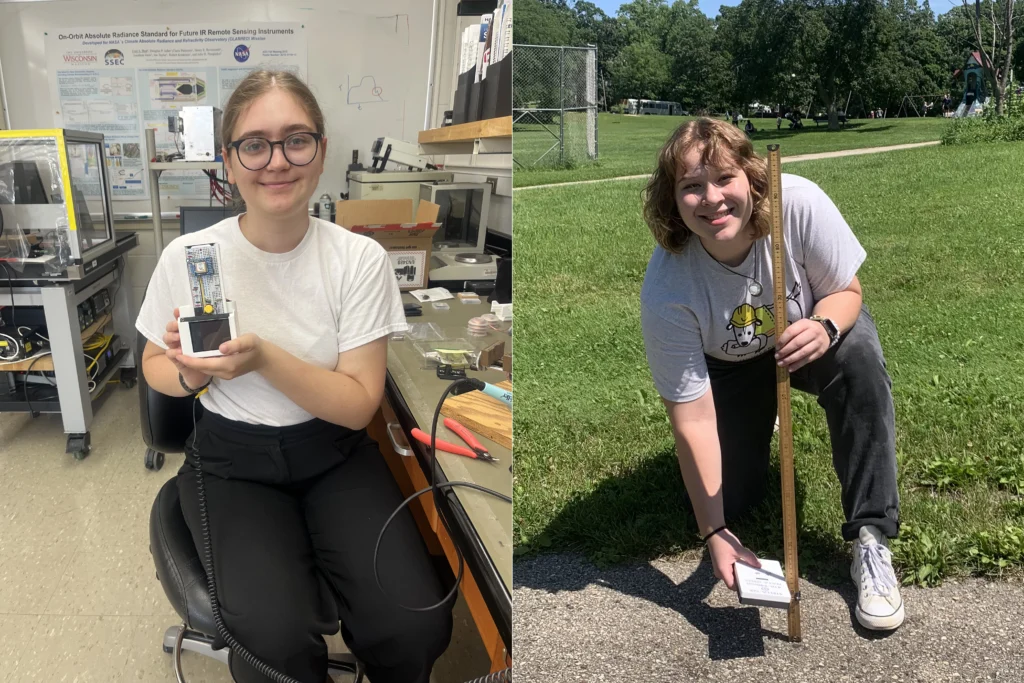"The Golden Pathos Theory" - Single Plant Testing
Plant Respiratory Champions (Basic STELLA-Q2)
STELLA Instrument: STELLA-AQ CO₂ sensor
NASA Connection: ISS Vegetable Production System (Veggie), Advanced Plant Habitat on ISS
Background Context:
Astronauts on the International Space Station consume oxygen and produce carbon dioxide, just as we do on Earth. The ISS uses complex mechanical systems to remove CO₂, but future long-duration missions to Mars will need sustainable biological systems to supplement mechanical ones. NASA’s Advanced Plant Habitat experiments are investigating which plants might be most efficient for these life support systems.
Enhanced Materials:
- Various plant types: Golden Pothos, Spider Plants, Snake Plants, and Peace Lilies
- Clear containers with ventilation system
- STELLA-AQ CO₂ sensor
- Data recording sheets and graphing materials
- Light meter (smartphone app is acceptable)
- Digital timer
Enhanced Procedure:
- Baseline Measurement: Record room CO₂ levels using STELLA-AQ
- Plant Preparation: Measure and record the leaf surface area of each test plant
- Test Chamber Setup: Place plants in ventilated containers with STELLA-AQ sensor nearby
- Light Control: Ensure equal light exposure for all plants (measure with light meter)
- Data Collection: Record CO₂ levels at 30-minute intervals for 4 hours
- Comparative Analysis: Calculate CO₂ reduction rate per square cm of leaf area
- Day/Night Cycle: Repeat measurements in light and dark conditions
- Scaling Calculation: Determine how many plants would be needed for one astronaut
Student Inquiry Questions:
Pre-Activity Questions:
- Why do astronauts on the ISS need systems to remove carbon dioxide from their air?
- How might plants help solve the air quality challenges for long-term space missions?
- What factors do you think might affect a plant’s ability to process carbon dioxide?
- Why might NASA be interested in finding the most efficient plants for space habitats?
- How is Earth’s natural carbon cycle different from what would happen in a space habitat?
During-Activity Questions:
- What changes are you observing in the CO₂ readings over time?
- Which plant appears to be reducing CO₂ levels most quickly?
- What might explain the differences in CO₂ processing between different plant species?
- How does the plant’s leaf area seem to relate to its CO₂ processing ability?
- What would happen if we increased the light intensity? Why?
Post-Activity Analysis Questions:
- Which plant processed the most CO₂ per square centimeter of leaf area?
- How do your results compare with your initial predictions?
- If a human astronaut produces about 1 kg of CO₂ per day, calculate how many of your most efficient plant would be needed to process this amount.
- What limitations did our experiment have compared to an actual space habitat?
- How might microgravity affect plant CO₂ processing in space?
- What other benefits might plants provide in a space habitat beyond CO₂ removal?
Data Analysis Challenge: Calculate the “Plant Efficiency Index” by dividing the CO₂ reduction rate by the plant mass. Which plant gives you the most CO₂ processing for the least weight—an important consideration for space missions where every gram counts?
Safety First: Universal Precautions for All Activities
General Safety Guidelines:
- Adult Supervision Required for all activities involving tools, electrical components, or chemical mixtures
- Safety Glasses must be worn when handling powders, mixing materials, or using tools
- Gloves (nitrile or latex-free) when handling soil mixtures or plant materials
- Well-Ventilated Area for all activities involving powders or sprays
- Hand Washing before and after all plant handling
- Emergency Procedures clearly posted with nearest eyewash/first aid locations
Material Safety Data:
All suggested materials are non-toxic and food-safe, but proper handling prevents irritation and contamination.




